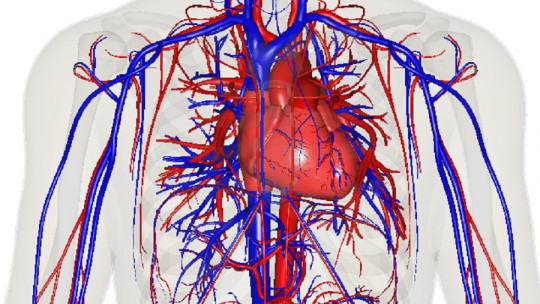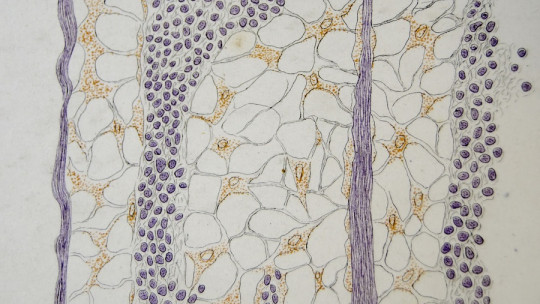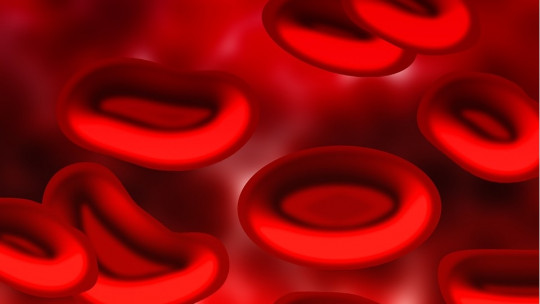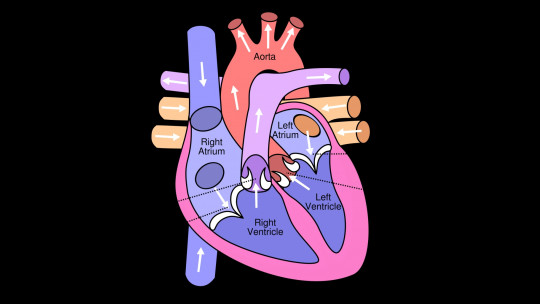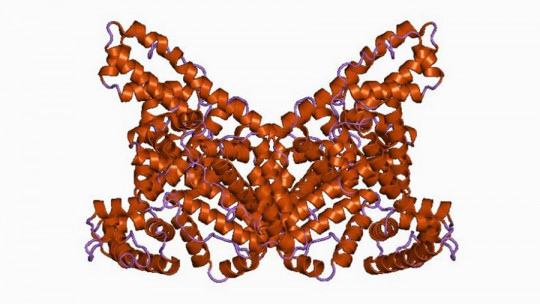
Blood is a liquid connective tissue that circulates through the vessels and capillaries, veins and arteries of all vertebrate animals. Human beings have an average of 5 liters of blood in their body, and our heart pumps about 70 milliliters for each beat, that is, almost all of it present in the entire body in a single minute.
Blood, in addition to the red blood cells that give it color, also carries with it many other molecules with diverse physiological functions. This is the case of blood or plasma proteins, which are responsible for the transport of lipids, hormones, vitamins, minerals and various immunological actions.
In the following lines we are going to collect the characteristics of the most prevalent blood protein and, surely, the most important. Stay with us, because on this occasion we dissect the secrets hidden in albumen and its medical implications
What is albumin?
Albumin is a small, relatively symmetrical protein found in multiple structures of animal origin: blood, milk, egg white, and the seeds of certain plants In humans, it represents 54.3% of plasma proteins, that is, it is the most abundant of all (3.5-5 g/dl).
It may sound a little strange to say that albumin is the most abundant plasma protein, since we are all used to conceiving hemoglobin as the queen of blood proteins, right? It is curious to know that hemoglobin is not considered in this group since it is transported within red blood cells, not in plasma. Therefore, no matter how abundant it is inside these cell bodies (450 mg/ml), it is not conceived as a plasma protein per se.
Below, we present a series of relevant data to contextualize the importance of albumin in the human body:
The most important function of albumin is the regulation of oncotic pressure, necessary for the proper distribution of fluids in and outside of the tissues. Let’s pause for a moment on this very unique term, since it is of great medical and biological interest.
Albumin and its functions
Oncotic pressure is defined, medically, as the osmotic pressure of a colloidal solution or dispersion. The difference between receiving this information and not knowing anything is small, which is why we offer a slightly friendlier meaning for the general public: it is a type of osmotic pressure caused by the difference in plasma proteins between blood plasma (inside blood vessels) and interstitial fluid (space between cells, one sixth of body tissues).
Since blood capillaries are not very permeable to large plasma proteins (such as albumin), these tend to remain inside the plasma instead of being distributed throughout the interstitium. Due to this protein concentration gradient (higher in the blood than in the interstitial fluid), water enters the blood vessels seeking to “balance” this difference. In summary we can say that this event maintains the correct distribution of body fluids in our body and allows their movement.
Even so, the maintenance of oncotic pressure simply by its presence in plasma is not the only function of albumin. Among many others, we can list the following:
What is the albumin blood test?
As redundant as it may sound, it is necessary to clarify that The blood albumin test measures the amount of albumin in the patient’s blood It is a measurable quantification of liver function, since as it is synthesized in the liver, it provides information on its state and functioning.
On the other hand, a low level of albumin in the blood can also be indicative of failures in kidney function, since in these cases this protein is excreted with the urine when it should not (an event known as albuminuria). A healthy kidney in no case allows albumin to pass from the blood into the urine.
In general, this test is usually recommended for patients who come to the clinic with jaundice or yellowing of the skin (increased concentration of bilirubin in the tissues), weight loss, tiredness, dark-colored urine, or pain under the eyes. the right rib, the location of the liver.
Normal serum albumin concentration is 3.5 to 5 grams per deciliter A lower than normal value is known as hypoalbuminemia and may indicate one of the following disorders that we briefly summarize in the following lines.
1. Liver cirrhosis
This condition is the final consequence of a previous pathology in which the liver cells have been destroyed, which has caused their replacement by scar tissue, reducing the effectiveness of the organ itself.
The World Health Organization (WHO) estimates that 27,000 people die annually in high-income countries from this condition which, to no one’s surprise, is linked to chronic alcoholism. Liver cirrhosis is not the only condition caused by alcoholism, since it is estimated that more than 5% of all deaths in the world are due to its consumption (no more and no less than 3,000,000).
2. Malnutrition
More than 462 million people spread across the most disadvantaged areas of the planet show signs of nutritional insufficiency. Hypoalbuminemia is one of them, as it occurs due to lack of protein intake.
Albumin is synthesized in the liver from amino acids obtained due to the metabolism of dietary proteins which is why the low values of the same and the patient’s malnutrition are clearly linked.
3. Other causes
Although malnutrition and liver cirrhosis are usually the most common causes of a lack of albumin in the blood, there are many other conditions that cause it To close today’s topic, we present to you some of the most relevant:
It should be noted that in Patients with hypoalbuminemia may consider administering albumin for medical purposes Its dose and rate of administration depend on the individual’s conditions, which consist of blood pressure, pulse, hemodynamic status, hemoglobin and hematocrit concentrations, plasma protein content (the oncotic pressure described above), and the degree of venous and pulmonary congestion. A total of 125 grams of albumin can be administered every 24 hours.
Summary
As we have seen in this space, albumin It is the protein most present in blood plasma and performs multiple functions: from the transport and metabolism of various substances to the maintenance of oncotic pressure, this molecule is essential for the correct physiological balance of the body.
Whether due to excessive excretion by the kidneys or poor synthesis in the liver, a lack of serum albumin can result in swelling of certain areas of the body, fatigue, muscle weakness, and many other clinical signs. Although this condition can be caused by many events, alcoholism and malnutrition are two of the most common. Once again, we see that each particle that makes up our body is essential for the maintenance of the physiology and functions of our body.
- Albumin (in blood), Mhealth.
- Albuminuria, NIDDK.
- Hankins, J. (2008). Function of albumin in water balance. Nursing (Spanish Ed.), 26(10), 42-43.
- Hypoalbuminemia, chemocare.com.
- Oncotic pressure, University of Navarra Clinic.



